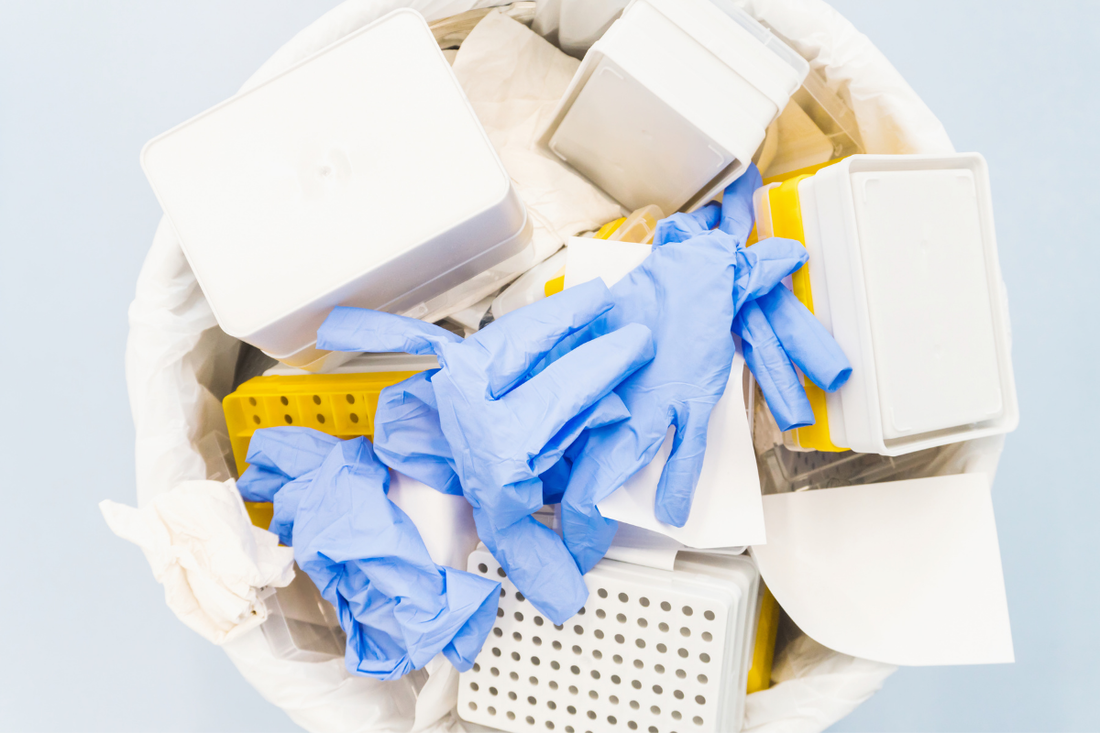Laboratories are some of the most resource-intensive spaces on the planet, using 10x more energy and 4x more water than office spaces and creating 12 billion pounds of waste each year. Going green is no longer an option but a requirement for creating long-term, positive changes to the way we operate in the lab. If you are part of a faculty setting up a new laboratory, or part of a team that is updating an existing lab, incorporating sustainable design elements should be a key priority.
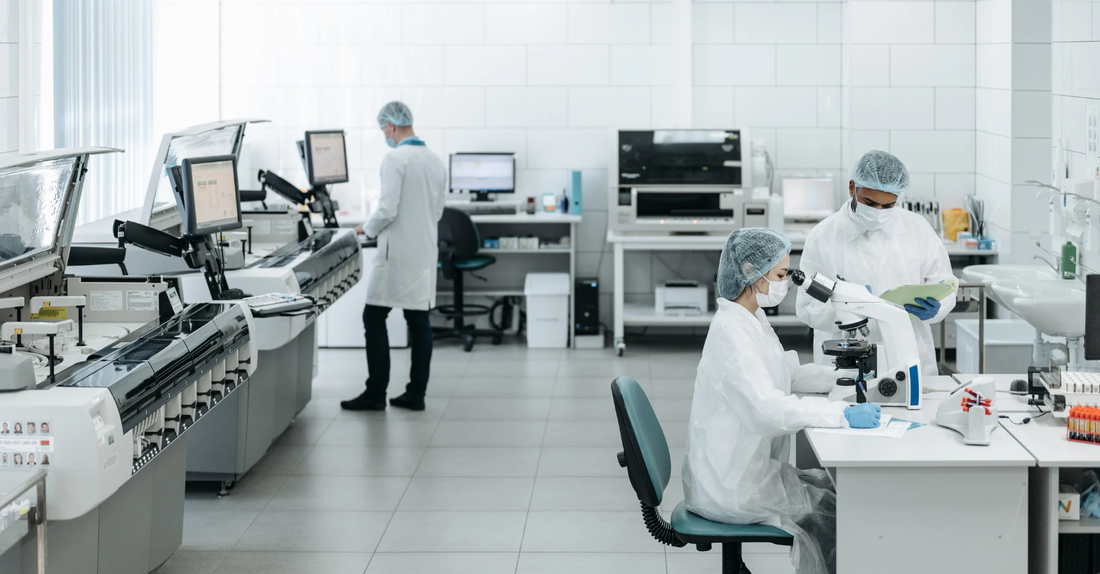
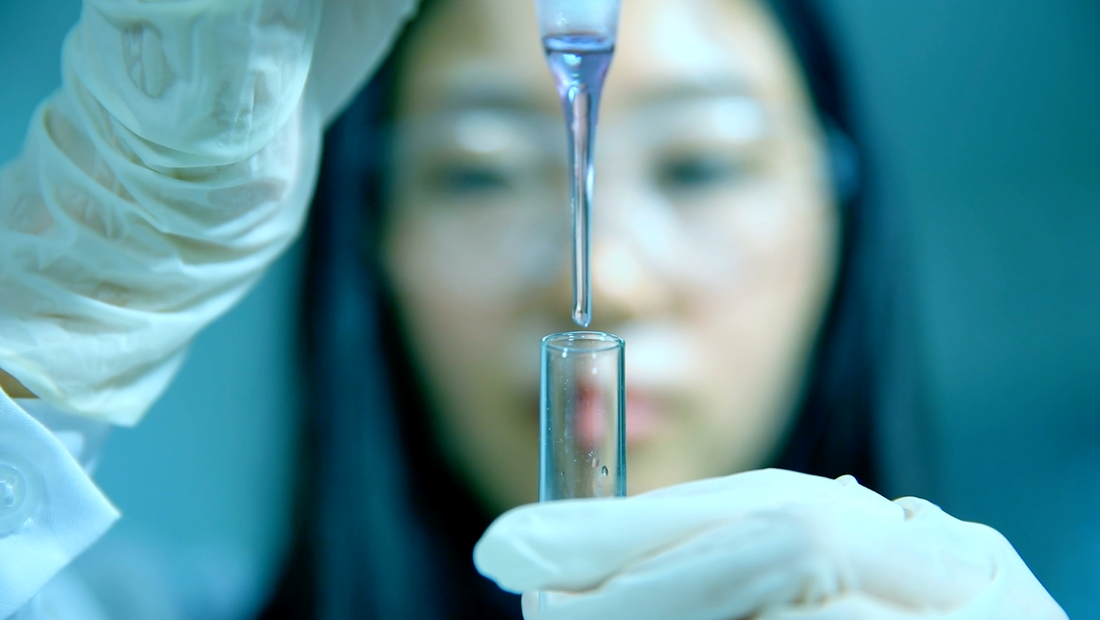
If you’ve ever been involved in a laboratory renovation project, had your lab relocated, or been involved with lab management, you’ve most likely needed to prepare or participate in preparing a laboratory equipment list; a list noting all your equipment by manufacturer, model, power requirements, utility requirements, location, and which lab group or department operates the equipment or might share it with other labs.
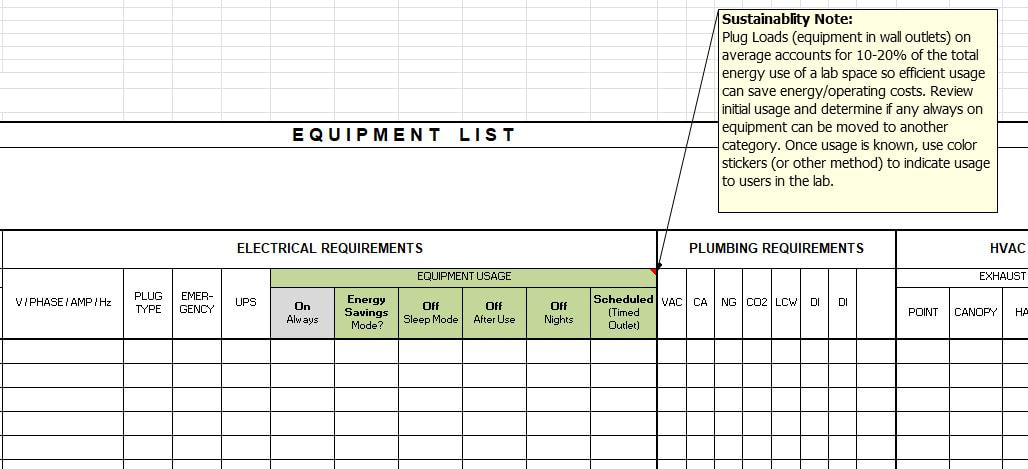

With over 1,200 labs from 27 countries and over 12,000 cold storage units participating, the 2022 Freezer Challenge has saved a total of 6,732 metric tons of carbon dioxide! This is the equivalent of the energy consumption of over 1,300 homes for one year. Since it's launch in 2017, the International Laboratory Freezer Challenge from My Green Lab and the International Institute for Sustainable Laboratories (I2SL) has saved a total of 24 million kWh of energy, reducing emissions by 16,796 metric tons, the equivalent of saving energy consumed by 3,268 homes for one year.

As researchers, we set out to improve human health. However, laboratory research in the US emits over 21 million metric tons of carbon dioxide every year.(1,2) The relationship between carbon emissions and harm to humanity is difficult to quantify, however, researchers at Columbia University reported in Nature Communications that every million metric tons of CO2 emissions causes ~226 climate change-related deaths.(3) This leaves laboratory research responsible for ~5,000 deaths annually. So, what can we do to avoid devastating the future of life on Earth while trying to improve overall human health and lifespan?
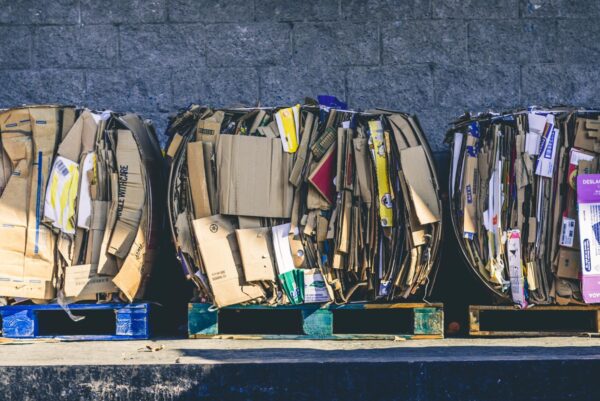
My Green Lab has awarded the Bernal Institute BioLabs a Platinum Green Lab Certification for their efforts to minimize their laboratory operations' environmental impact through the implementation of sustainability best practices.
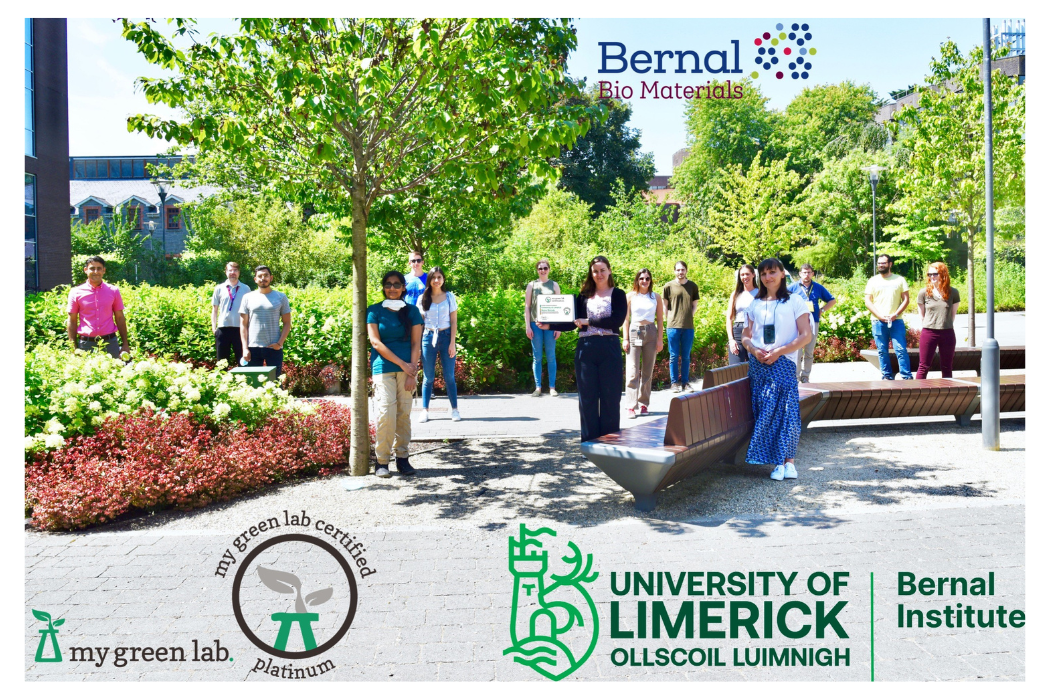
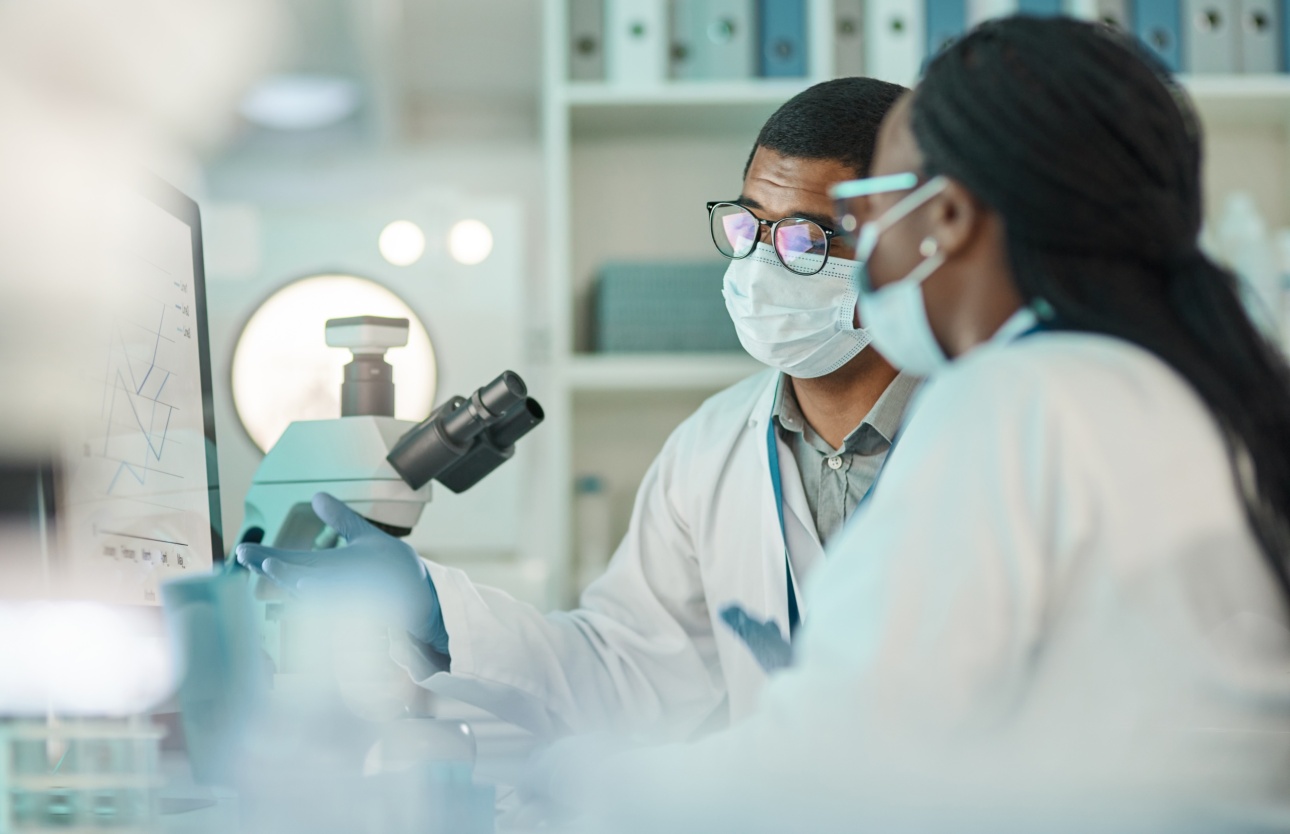
Working with My Green Lab, The Trinity College Institute of Neuroscience received the Platinum Green Lab Certification in recognition of their efforts to include sustainable best practices in the lab.
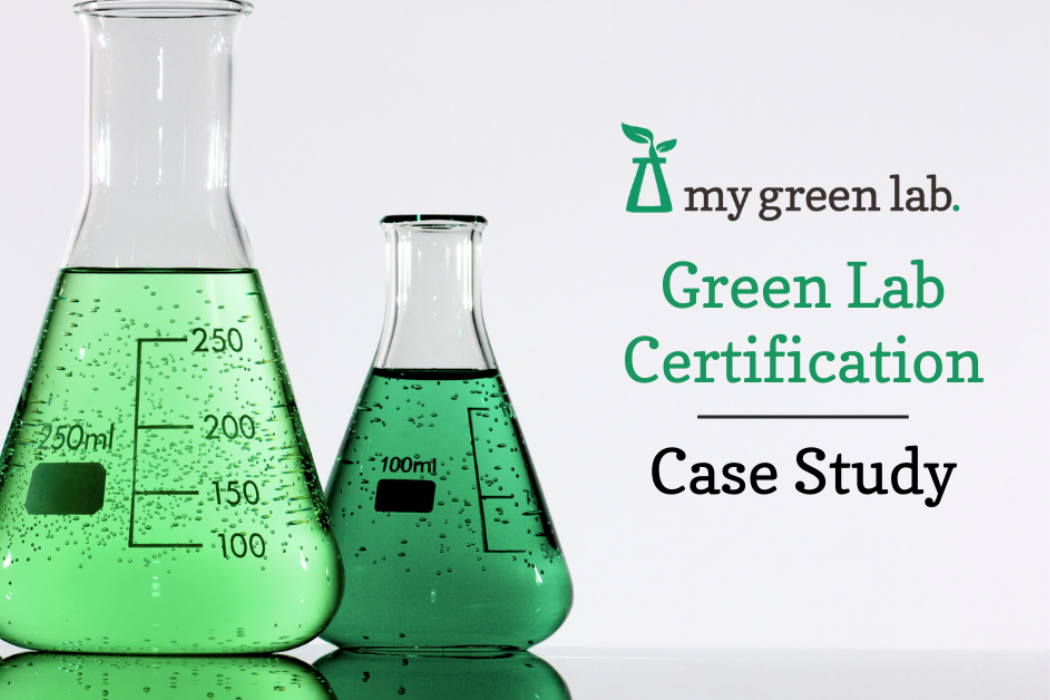
It’s no secret that laboratories produce a lot of waste. In fact, it's estimated that every year the plastic waste alone from labs could cover an area 23x the size of Manhattan ankle deep. And while much of this waste is hazardous, a lot of it isn't - anything that can be thrown in the trash has the potential to have a different end of life.
